Cosmos color
In science, the imagination is especially in demand. It is not only mathematics or logic, but something between beauty and poetry.
- Maria Mitchell
Looking at the immensity of the night sky, where there are several clouds, there is no moon, at a rather dark time of the day, you will see not just thousands of tiny white dots illuminating the black canopy of the night.
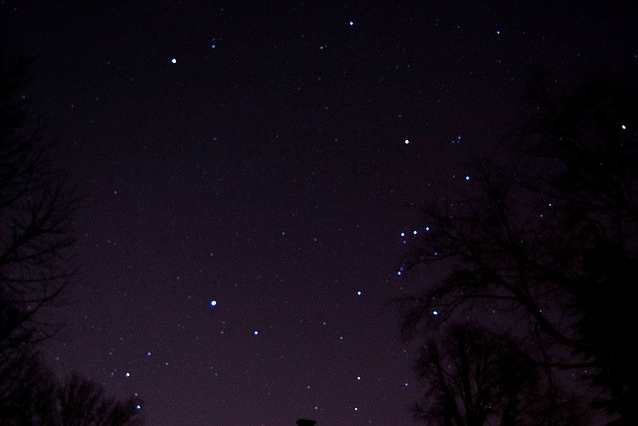
Although the average stars are white, there is an important reason. As a result of evolution, our eyes are accustomed to seeing a very narrow part of the spectrum, known to us as visible light, from a violet color with a wavelength of 400 nm to red light from 700 nm.
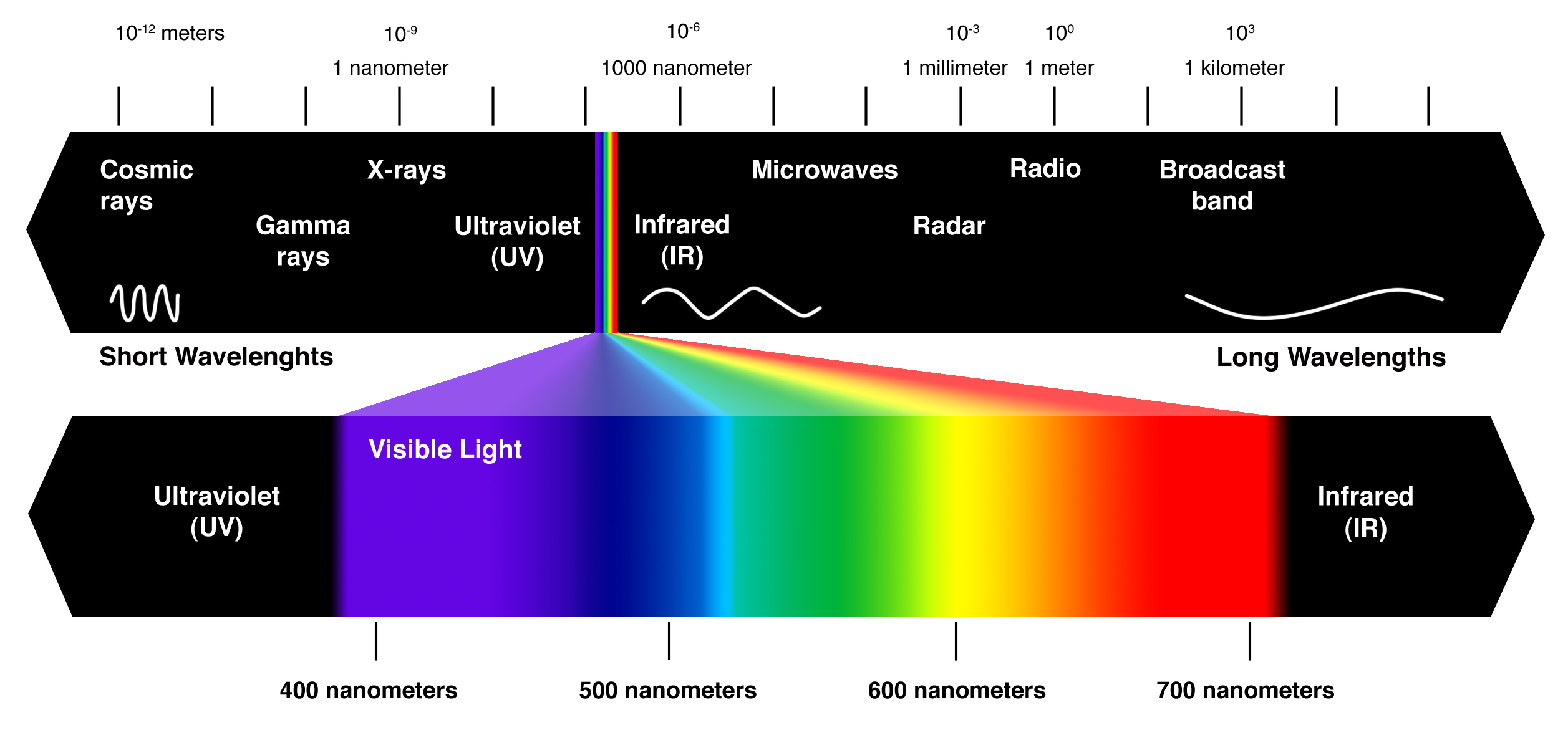
')
In fact, these wavelengths do not stand out in any way, it just happened. But it happened on the surface of the Earth, which is illuminated by the Sun during the day!
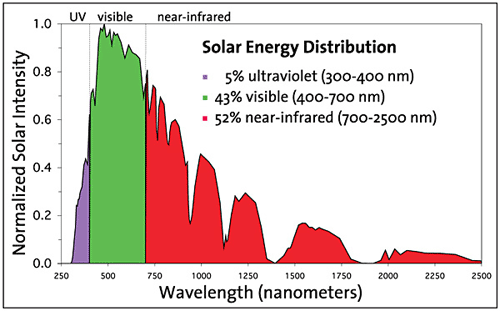
This means that stars that burn at temperatures higher than the sun will appear blue to us, while colder ones will appear to appear yellow, orange, and even red as they decrease. In the southern hemisphere, the view of the Southern Cross and of the end stars demonstrates this contrast.

In both hemispheres, the great winter constellation, Orion (rising in September at 2 am), includes stars, ranging from dark orange Betelgeuse to bright blue stars in the belt.

And although these stars in the images are so colorful, this explains little.
On both pictures you can find long reddish regions. These are obviously not cold red stars. The picture of the astronomical image of the day, which appeared on the eve of the writing of this article, showed on a large scale this reddish region of the nebula in Orion from the image above.

This remarkable nebula has two visible colors for human eyes, from those that can be found in dusty regions of space. The blue nebula on the left contrasts brightly with the large red glow on the right.
It turns out that the areas of space, glowing red, are slightly more common, but there are also plenty of blue areas. The question that you are probably thinking about is why this is so? Let's take a closer look at the nearby Orion Belt.

The famous Horsehead Nebula is a dusty and dark silhouette surrounded by a glowing red region. Believe it - believe it or not - a young, hot, very blue stars make this nebula glow red! The secret lies in the most common element of the universe: hydrogen. Only the hottest blue stars emit high-energy ultraviolet radiation that can ionize neutral hydrogen atoms in interstellar space.
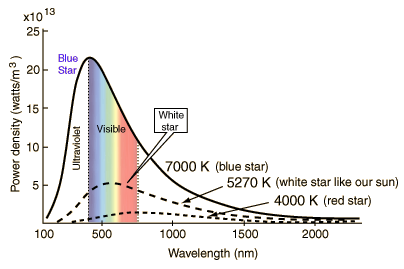
Ionization of an atom occurs through knocking out its electron, and the hotter your nearest star, the more hydrogen it can ionize! Ionized hydrogen does not emit light - on the contrary, it absorbs it. But after such an ionization we get a part of the cosmos, where there are a lot of ionized atoms and free electrons. When they meet with each other, they reunite. And it is at such moments that they emit light!

Most of the radiation is in the ultraviolet, but the part that is visible to us belongs to a very specific wavelength: 656 nm, which we perceive as bright red!

So, if you see a diffuse reddish glow in deep space, it shows the presence of hydrogen gas surrounding hot young stars. Therefore, the Eagle Nebula looks red for us, and huge regions of spiral galaxies appear red: it is hydrogen in the regions where new hot stars are forming!

If the hot star (or stars) were surrounded not by hydrogen, but by a multitude of elements heavier, the set of colors would be completely different. Meeting such a rare occasion in a hot region, we enjoy a stunning light show.

Therefore, if you look at the remnants of a supernova (like the Veil Nebula, above) or a planetary nebula (like the Ring Nebula, below) - where the recently disappeared stars have scattered carbon, oxygen, silicon, neon, and other heavy elements - caused by a rain of electrons falling on these ionized atoms.

But we have not yet explained one of the colors - these are dusty nebulae glowing blue. Perhaps the most famous of them is the Pleiades.

Although the Pleiades is a region filled with young blue stars, but nevertheless not hot enough to ionize atoms in interstellar space! Instead, dust only reflects light coming from these stars, and therefore these blue regions are known as reflection nebulae .
Even if the star is not blue, its reflective nebula is usually blue (with some exceptions), for the same reason why the sky is blue: cosmic dust, like the Earth’s atmosphere, disperses the blue color better than red!

And when the light encounters a neutral, non-ionized gas, the red light simply passes through, with only a small part of it reflected, and the blue light is scattered in all directions, including ours!
Therefore, looking at the huge complex of molecular clouds in the Orion constellation - hundreds of light years across - you can see that it is filled with both emitting and reflective nebulae, but also with dark stripes of absorbing dust!

This is how hot stars, hydrogen, heavier elements and light scattering dust, together with the light coming from all the surrounding stars, work together to illuminate the depths of space with the whole spectrum of visible light!
If you started to imagine what you could see if, instead of a tiny part of the visible spectrum, we could see everything, from gamma rays to radio waves, congratulations! You have just understood why we need telescopes that are sensitive to this variety of wavelengths, and why we use false color compositions with all this information.
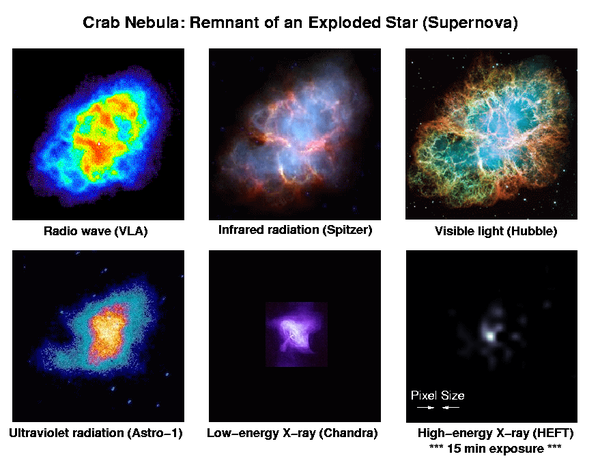
A large variety of information, visible to our eyes, covers only 1/60 of the share of all wavelengths of the electromagnetic spectrum on a logarithmic scale! So rejoice in what you see and the reasons why it is such a light, but do not believe that only what you see exists. There is a whole Universe, and every day science helps us to see it and understand it a little more. Do not forget how important it is to watch.
Source: https://habr.com/ru/post/369825/
All Articles